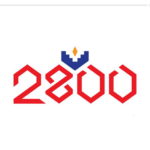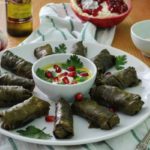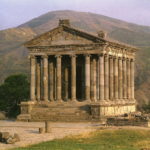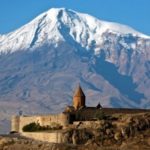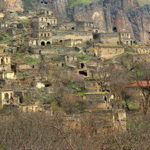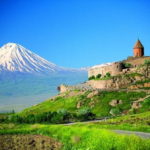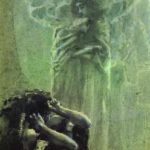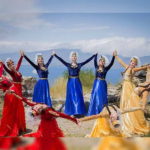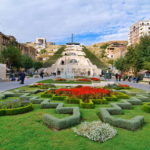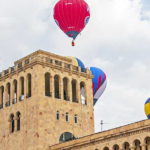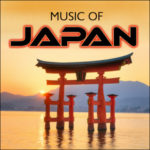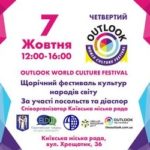
Easter in Armenia
Comment are off
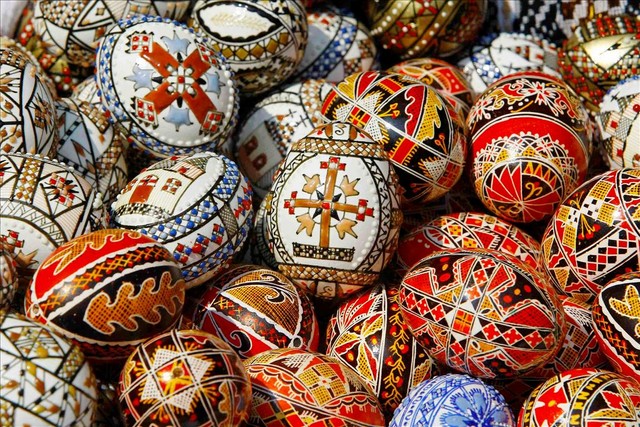 On Sunday, April 4, Armenians, along with Christians around the world, celebrate Easter. In the temples there are ancient spiritual verses-sharakans, and in the houses of believers there are traditional Easter tables. The Armenian word “Zatik” (Easter) comes from the word “azatutyun, azatwel” (freedom, liberated) and means getting rid of suffering, evil and death. Welcoming each other on Easter, the Armenians say to each other: “Christ rose from the dead!” – “Blessed is the Resurrection of Christ!”. The holiday of Easter in Armenia begins on Saturday evening. The temples serve the St. Liturgy of Christmas Eve, and then the ceremony of lighting the candles – “Chragaluis”. On Sunday morning, Easter Prayer Service, a ceremony of lighting the four corners of the world (Andastan), then serve the Holy Liturgy. In the temples there are ancient spiritual verses – sharakans, and in the houses of believers there are traditional Easter tables. In the evening on Saturday ends a 40-day fast.
On Sunday, April 4, Armenians, along with Christians around the world, celebrate Easter. In the temples there are ancient spiritual verses-sharakans, and in the houses of believers there are traditional Easter tables. The Armenian word “Zatik” (Easter) comes from the word “azatutyun, azatwel” (freedom, liberated) and means getting rid of suffering, evil and death. Welcoming each other on Easter, the Armenians say to each other: “Christ rose from the dead!” – “Blessed is the Resurrection of Christ!”. The holiday of Easter in Armenia begins on Saturday evening. The temples serve the St. Liturgy of Christmas Eve, and then the ceremony of lighting the candles – “Chragaluis”. On Sunday morning, Easter Prayer Service, a ceremony of lighting the four corners of the world (Andastan), then serve the Holy Liturgy. In the temples there are ancient spiritual verses – sharakans, and in the houses of believers there are traditional Easter tables. In the evening on Saturday ends a 40-day fast.
On Armenian tables it is customary to put the following dishes:
- Boiled or baked in the oven fish – a symbol of Christ.
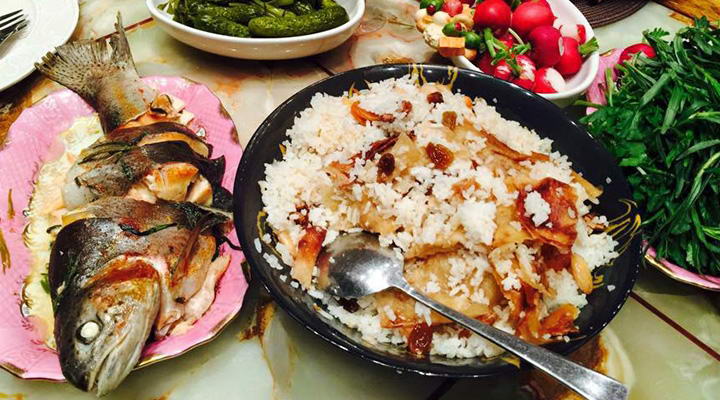
- Pilaf with dried fruits and raisins – the personification of Christianity and Christians.
- Dishes from Aveluk (horse sorrel or spinach) – a symbol of fertility and the birth of a new life.
- Painted red eggs – a symbol of the coffin and resurrection, and the red color symbolizes for Christians the blood of the crucified Christ.
- Red wine is a symbol of the blood of Christ.
In 301, Armenia was the first to adopt Christianity as a state religion, which helped the Armenian people survive and maintain their national identity in endless battles with their enemies. Therefore, Easter for Armenians is a special, holy holiday



